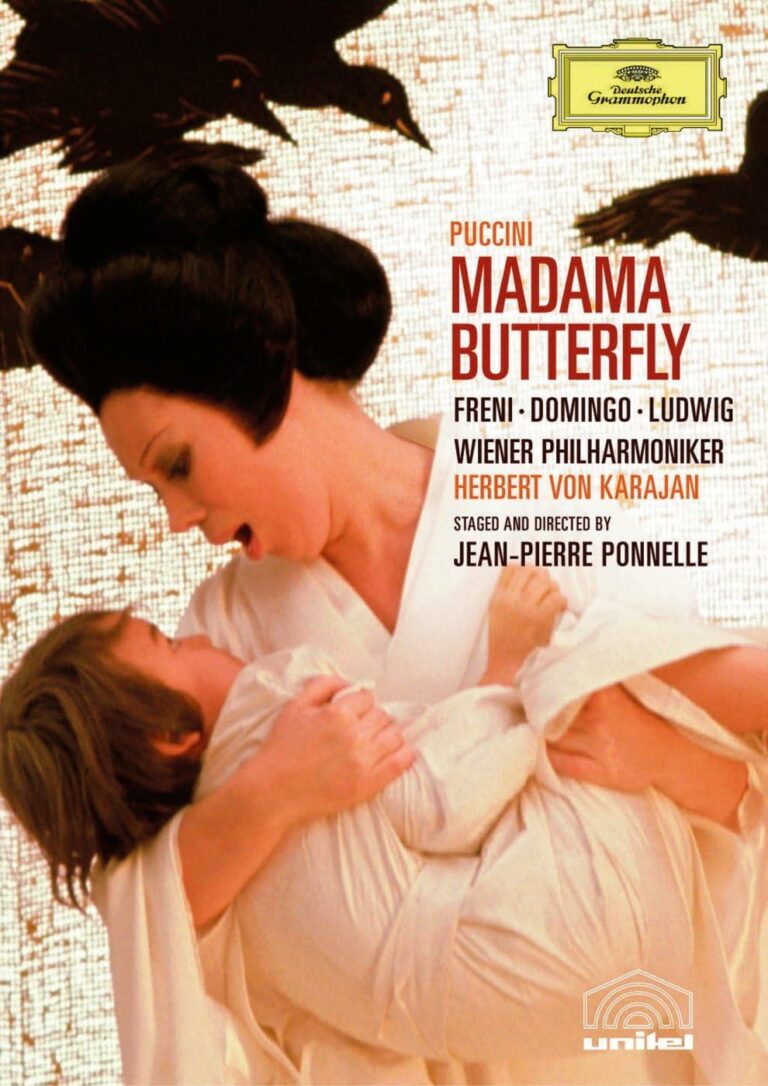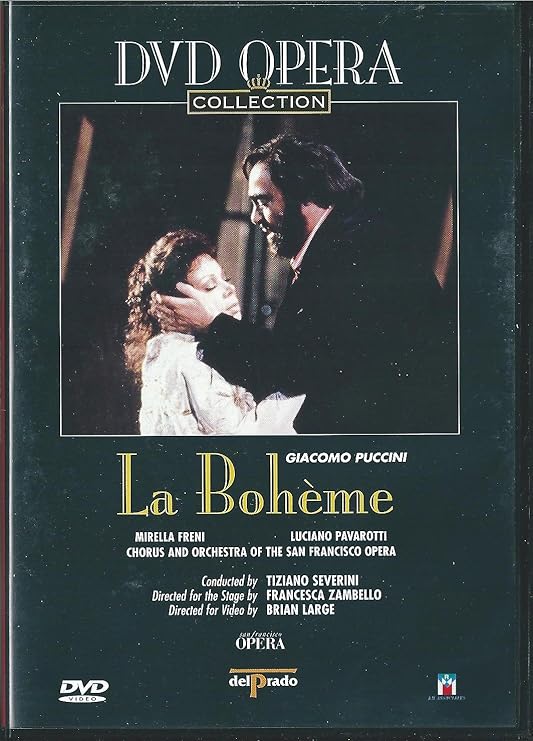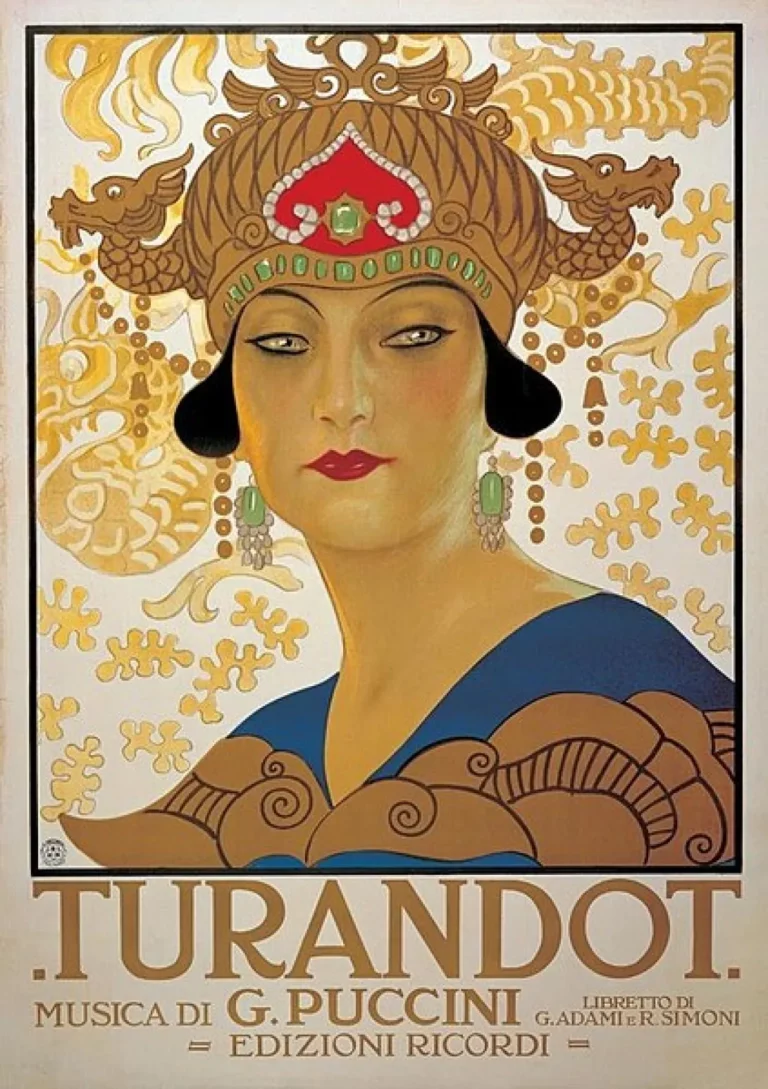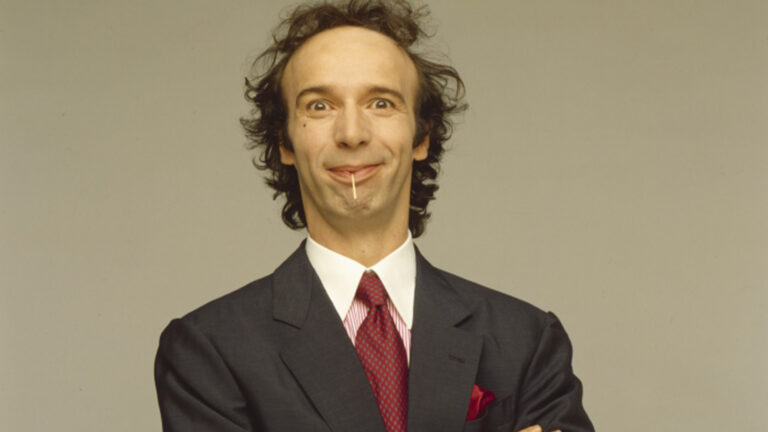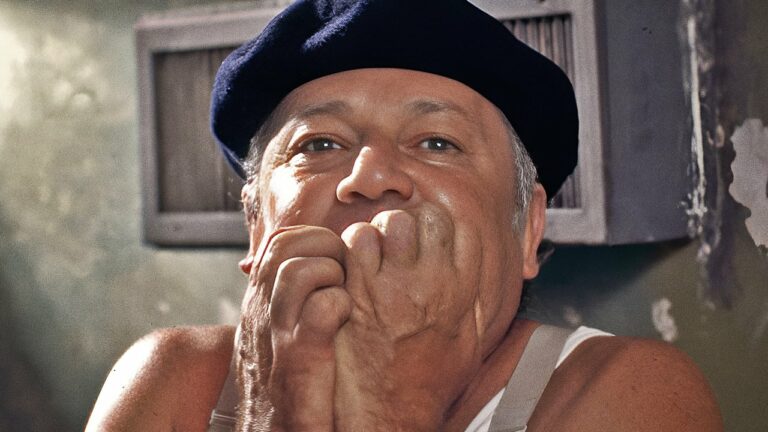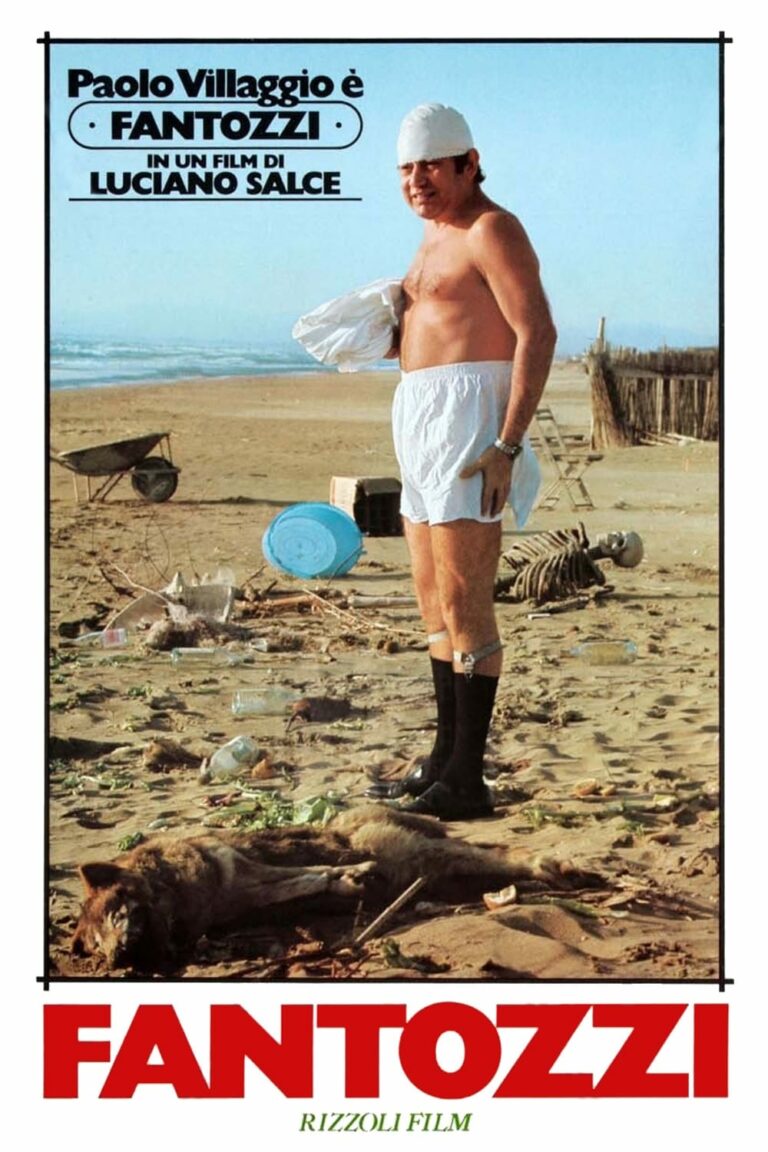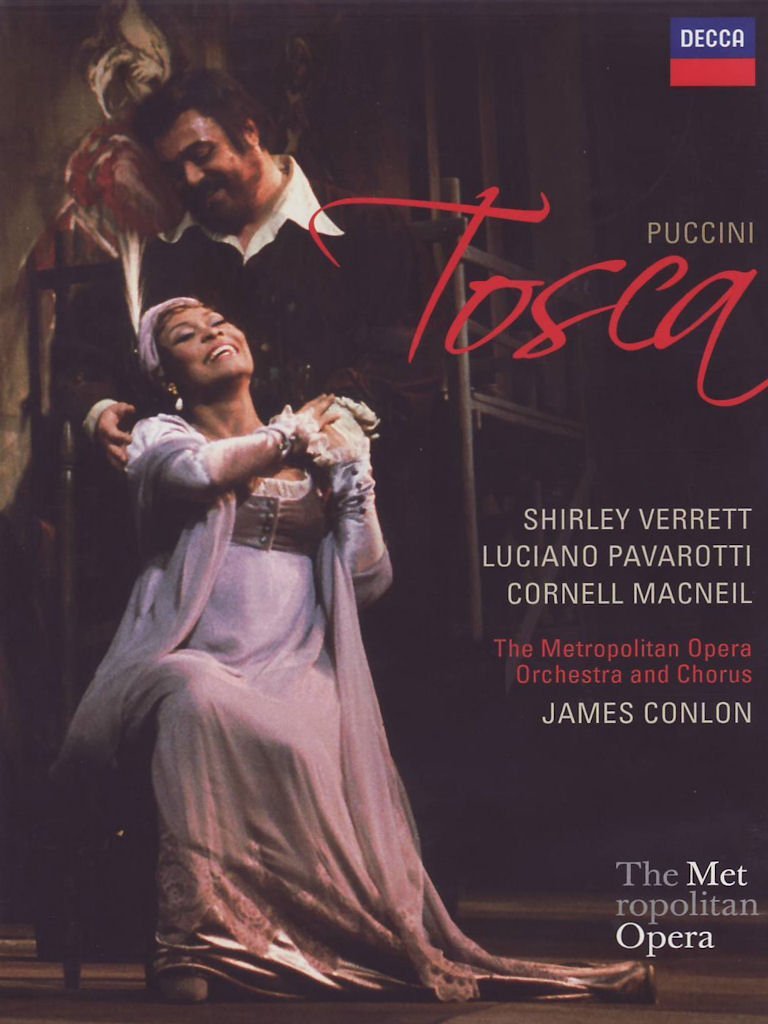
Few operatic performances capture the grandeur and emotional depth of Puccini’s Tosca as masterfully as the production featuring Luciano Pavarotti, Shirley Verrett, and the Metropolitan Opera Orchestra and Chorus, conducted by James Conlon. This timeless opera, with its gripping narrative and heart-stirring music, remains a cornerstone of the repertoire, and this particular rendition is hailed as one of the most unforgettable.
Synopsis of Tosca
Tosca is set in Rome during the turbulent political climate of the Napoleonic Wars. The opera tells the story of Floria Tosca, a passionate and jealous singer; her lover, Mario Cavaradossi, a devoted painter; and the corrupt and ruthless Baron Scarpia, the chief of police. As Scarpia seeks to manipulate Tosca for his personal gain, the opera unfolds in a gripping tale of love, betrayal, and ultimate sacrifice.
From the serenity of Cavaradossi’s art to the intensity of Tosca’s desperation, Puccini’s Tosca explores the extremes of human emotion, culminating in one of the most tragic endings in opera history.
Giuseppe Puccini’s Legacy
Puccini’s genius lies in his ability to blend lush, dramatic melodies with emotionally charged storytelling. Tosca, premiering in 1900, exemplifies his mastery. The opera’s music is tightly interwoven with its plot, heightening the emotional stakes at every turn. From intimate moments to grand confrontations, Puccini’s score mirrors the characters’ inner lives with unparalleled precision.
The Cast and Performances
Luciano Pavarotti as Cavaradossi
Luciano Pavarotti, one of the greatest tenors of all time, delivers an electrifying performance as Mario Cavaradossi. His rendition of “E lucevan le stelle” is both tender and devastating, capturing the depth of Cavaradossi’s love for Tosca and his sorrow in the face of impending death. Pavarotti’s soaring vocals and magnetic stage presence solidify his place as an iconic interpreter of this role.
Shirley Verrett as Tosca
Shirley Verrett’s Tosca is a powerhouse of emotion. Her performance of “Vissi d’arte” is a masterclass in vocal control and dramatic expression, conveying Tosca’s anguish and moral dilemma. Verrett’s rich mezzo-soprano voice brings a unique depth to the character, balancing Tosca’s vulnerability with her fiery determination.
James Conlon’s Contribution
As conductor, James Conlon brings a meticulous and emotionally resonant interpretation of Puccini’s score. Under his baton, the Metropolitan Opera Orchestra captures every nuance of the music, from the tender lyricism of Cavaradossi’s arias to the thunderous climaxes of Tosca’s confrontations with Scarpia. Conlon’s ability to highlight both the grand and subtle aspects of the score ensures that every moment resonates with the audience.
The Metropolitan Opera Orchestra and Chorus
The Metropolitan Opera Orchestra and Chorus are integral to the success of this production. Their precision and passion elevate Puccini’s music, creating a soundscape that is both lush and deeply moving. The chorus plays a pivotal role in key scenes, such as the Te Deum at the end of Act I, adding grandeur and intensity to the drama.
Themes in Tosca
Tosca is a story of contrasts: love and hate, power and vulnerability, faith and despair. The opera delves into themes that remain timeless:
- Love and Sacrifice: Tosca’s love for Cavaradossi drives her to desperate measures, showcasing the lengths to which love can compel us.
- Corruption and Power: Scarpia embodies the abuse of authority, using his position to manipulate and destroy.
- Faith and Morality: Tosca’s plea to God in “Vissi d’arte” reflects her struggle to reconcile her faith with the horrors she faces.
Famous Arias from Tosca
Tosca features some of the most beloved arias in opera:
- “Vissi d’arte”: Tosca’s heart-wrenching plea, performed with unmatched emotional intensity by Verrett in this production.
- “E lucevan le stelle”: Cavaradossi’s poignant reflection on love and loss, immortalized by Pavarotti’s golden voice.
- “Recondita armonia”: An ode to beauty and art, sung by Cavaradossi early in the opera, setting the tone for his romantic idealism.
Staging and Production Design
The Metropolitan Opera’s production of Tosca is renowned for its historical accuracy and stunning visuals. The set design vividly recreates the grandeur of Roman landmarks such as the Church of Sant’Andrea della Valle, Palazzo Farnese, and Castel Sant’Angelo. Costumes and lighting further enhance the authenticity, immersing the audience in the world of 19th-century Rome.
The Music of Puccini
Puccini’s music in Tosca is a triumph of drama and melody. The orchestration is rich and evocative, seamlessly blending with the vocal lines to heighten the opera’s emotional impact. The leitmotifs associated with each character provide cohesion and depth, while the dynamic contrasts reflect the shifting tensions of the story.
Reception of this Performance
This Metropolitan Opera production, featuring Pavarotti, Verrett, and Conlon, received widespread acclaim. Critics praised the performances for their emotional authenticity and technical brilliance, while audiences were captivated by the production’s grandeur. It remains a reference point for Tosca enthusiasts and newcomers alike.
Comparison with Other Tosca Performances
While many celebrated sopranos and tenors have portrayed Tosca and Cavaradossi, this particular production stands out for the chemistry between Verrett and Pavarotti, as well as Conlon’s masterful conducting. The balance of vocal and orchestral excellence makes it a definitive rendition.
Cultural and Historical Context
Set against the backdrop of political oppression, Tosca resonates with themes of resistance and resilience. These themes were particularly poignant when the opera premiered in 1900, reflecting the struggles of individuals under authoritarian rule. Even today, its message of love and sacrifice continues to inspire audiences worldwide.
The Legacy of this Recording
This performance of Tosca has become a benchmark for operatic excellence. It remains an essential recording for opera lovers, showcasing the best of Puccini’s genius and the unmatched talents of Pavarotti, Verrett, and the Metropolitan Opera.
Frequently Asked Questions (FAQs)
1. What is Tosca about?
Tosca is an opera about love, betrayal, and sacrifice, set in Rome during political unrest.
2. Who composed Tosca?
Tosca was composed by Giacomo Puccini, one of the greatest opera composers of all time.
3. Why is Luciano Pavarotti’s performance in Tosca significant?
Pavarotti’s rendition of Cavaradossi is celebrated for its emotional depth and vocal brilliance, particularly in the aria “E lucevan le stelle.”
4. What role does Shirley Verrett play in this production?
Shirley Verrett portrays Tosca, delivering a powerful and emotive performance that captures the character’s complexity.
5. How does James Conlon contribute to the production?
As conductor, Conlon brings a nuanced and dramatic interpretation of Puccini’s score, enhancing the overall impact of the performance.
6. Where can I watch or listen to this performance?
This performance of Tosca is available on various platforms, including recordings and video releases of the Metropolitan Opera production.
Conclusion
The Metropolitan Opera’s production of Tosca, featuring Luciano Pavarotti, Shirley Verrett, and James Conlon, is a monumental achievement in the world of opera. With its breathtaking performances, stunning staging, and Puccini’s timeless music, it stands as a testament to the enduring power of Tosca to move and inspire audiences.
